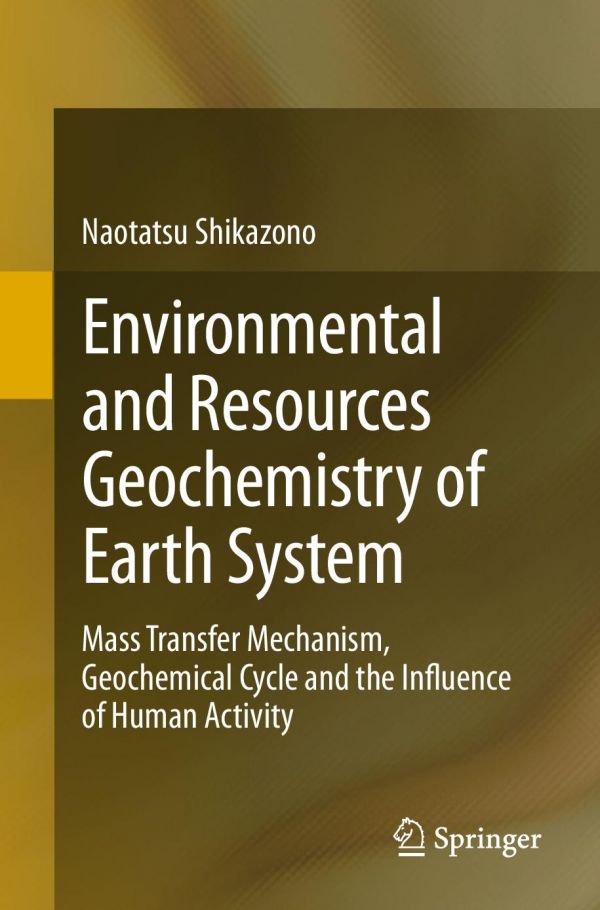

Most ebook files are in PDF format, so you can easily read them using various software such as Foxit Reader or directly on the Google Chrome browser.
Some ebook files are released by publishers in other formats such as .awz, .mobi, .epub, .fb2, etc. You may need to install specific software to read these formats on mobile/PC, such as Calibre.
Please read the tutorial at this link: https://ebookbell.com/faq
We offer FREE conversion to the popular formats you request; however, this may take some time. Therefore, right after payment, please email us, and we will try to provide the service as quickly as possible.
For some exceptional file formats or broken links (if any), please refrain from opening any disputes. Instead, email us first, and we will try to assist within a maximum of 6 hours.
EbookBell Team

4.0
96 reviewsThe Earth system consists of subsystems that include the atmosphere, hydrosphere (water), geosphere (rocks, minerals), biosphere, and humans. In order to understand these subsystems and their interactions, it is essential to clarify the mass transfer mechanism, geochemical cycle, and influence of human activity on the natural environment. This book presents fundamental theories (thermodynamics, kinetics, mass balance model, coupling models such as the kinetics-fluid flow model, the box model, and others) concerning mechanisms in weathering, formation of hydrothermal ore deposits, hydrothermal alteration, formation of groundwater quality, and the seawater system. The interaction between fluids (atmosphere, water) and solid phases (rocks, minerals) occurs both in low-temperature and also in high-temperature systems. This book considers the complex low-temperature cycle with the high-temperature cycle, a combination that has not been dealt with in previous books concerning Earth systems. Humanity is a small part of the biosphere; however, human activities greatly influence Earth’s surface environments (atmosphere, hydrosphere, biosphere, soils, rocks). Thus, the influences of humans on other subsystems, particularly mass transfer in the deep underground geologic environment composed of host rocks and groundwater, are discussed in relation to high-level nuclear waste geologic disposal and CO2 underground sequestration—topics that have not been included in other books on environmental science.